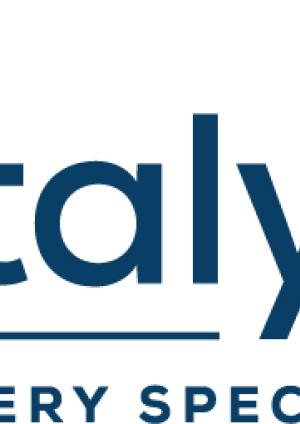09 January 2009
By David Scott in Edinburgh
Plans to cut social services red tape and simplify direct payments have been drawn up by leading finance officers in Scotland.
CIPFA in Scotland intends to issue guidance to local authorities within the next few weeks. It has been prepared following concern that the existing system has become over-bureaucratic and the level of financial administration disproportionate to the expenditure involved.
Direct payments were introduced in recent years for social care services. Instead of the service being provided by the local authority, payment is made direct to individuals who, in turn, purchase the care from other providers.
It means that in some cases the payment received can be used for more innovative methods, such as a person in need of respite care being able to buy a 'short break' rather than the council providing the care in a traditional respite unit.
In Scotland, the value of direct payments has grown from £2m in 2001 to £24m in 2007. More than 2,000 people have received them – of whom about a quarter were over 65 . It is expected that the numbers and value will increase over the next few years as councils move away from standard provision to direct payments.
CIPFA Scotland policy manager Don Peebles told Public Finance that the guidance had been drawn up because it was felt that an 'over-bureaucratic financial regime' had developed.
He added: 'The guidance attempts to introduce a risk-based approach to minimise the bureaucracy but maintain accountability.'
According to the guidance, which has been endorsed by Scottish public health minister Shona Robison, the fundamental aim of direct payments is to give choice, flexibility and control to the individual who requires care.
It lists three specific objectives. These are to set out a proportionate risk-based national framework for financial monitoring and assessment; to provide national guidance on the level of record-keeping required; and to maintain accountability in the use of public funds.
The guidance, which will result in a national framework, aims to give clients greater flexibility in their use of the payments. According to the document, monitoring in future 'will be focused on whether the individual has achieved the specific outcomes identified in their care/support plan'.
PFjan2009

















